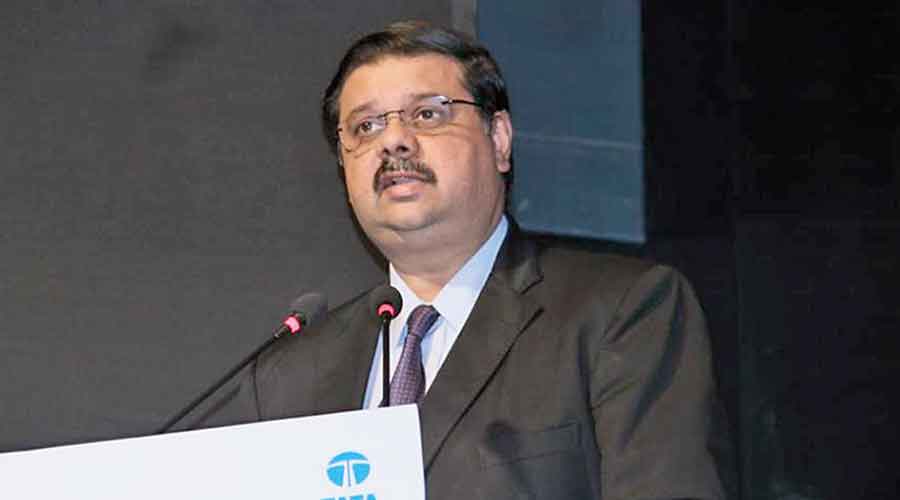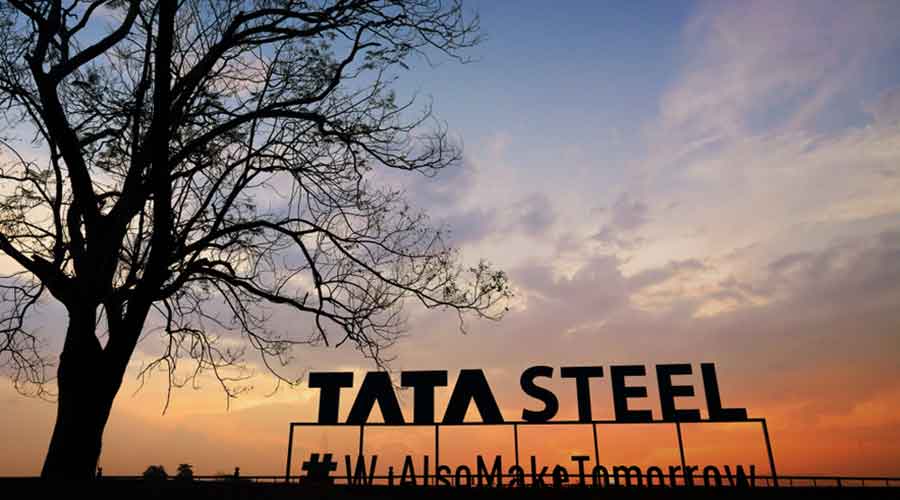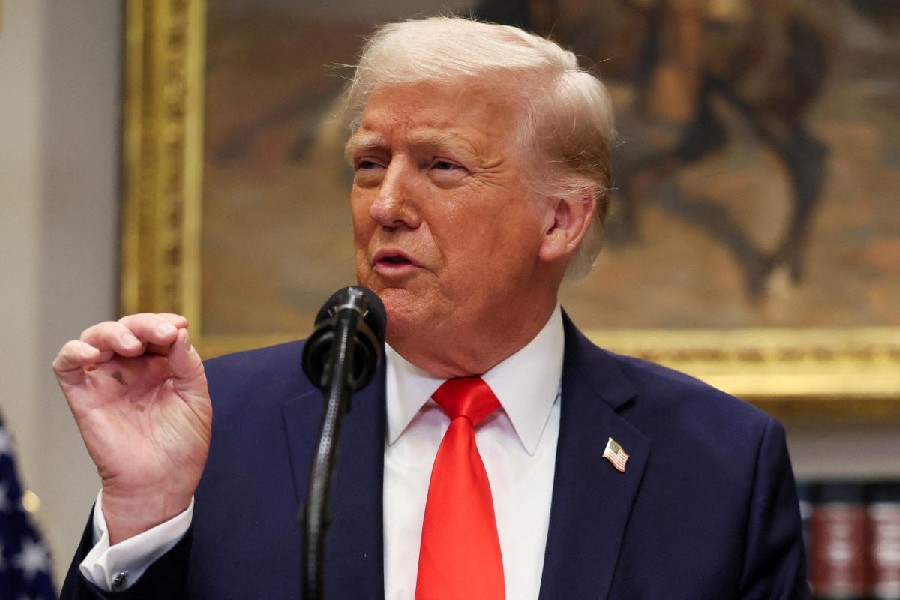Focusing on deleveraging the balance sheet, deploying capital for profitable and high growth projects and restructuring Indian and European operations would be some of the key initiatives Tata Steel will work on, Koushik Chatterjee, executive director and chief financial officer of the company, tells in an interview to The Telegraph.
Tata Steel has announced a slew of strategic initiatives for the Indian and European business. How would the company look like two years down the line?
Very different I think. The India reorganisation into clusters will be completed — which means we will have a much more synergistic portfolio and customer approach on our downstream businesses. The synergy implementation of the consolidation, including Tata Steel BSL, would have been completed and we would have sorted our strategy on the European portfolio. Which means our balance sheet would be much more efficient, de-levered and a strong free cash flow business ready for the next phase of profitable growth.
The Netherlands operations were always thought to be cost efficient and competitive, on a par with other similarly situated steel units in Europe. Why is Tata Steel proposing to sell off the business while keeping the perennially loss making UK operation?
Our strategy has a few themes on which we are working. First, to find a long-term structural solution to our European portfolio, second to deleverage the balance sheet to the target levels and third, focus and deploy capital for profitable growth in the Indian market. Hence, all our strategic actions that you see are oriented around these themes.
How much cash/working capital support will be required to keep Tata Steel Europe a going concern this year?
So far we have not given any direct support to Europe during the year. The management has found several self help measures to sustain the business. There has also been support from the Netherlands and the UK governments to businesses impacted by the pandemic which has been availed by Tata Steel Europe.
The analyst presentation says that the business will pivot around cash. Does it mean the company’s priority would be to conserve cash rather than expansion or fresh acquisition?
Yes as part of our corporate strategy we have put focus on generating free cash flows and balance sheet management as a very high priority. Hence, the capital allocation framework, especially post the outbreak of the pandemic, has been tightened significantly and de-leveraging is a key theme as we have said we will de-lever the balance sheet by about $1 billion per annum for the next few years.
Having said that, we also have very important and attractive growth projects, especially the expansion of Kalinganagar, and we are prioritising capex within that project and identifying facilities that will help us in margin expansion. For example, the pellet plant which has very significant cost synergies and the cold rolling mill complex that will help enrich the product mix and give better realisations. These projects are very important and will get the allocation for completion as India growth is a priority and our capital allocation will reflect that in the future.

Koushik Chatterjee File picture
The company reduced net debt by a billion dollar in the first half. What is the ideal debt-to-equity ratio Tata Steel will be comfortable with and when can it be achieved?
For the moment, we will continue to maintain the deleveraging plan and review what would be the sustainable state in the future. A net debt to EBIDTA is a more appropriate metric and a range around 3.25x would be a good steady state in the near term.
The company posted a strong operating number for the Indian business. Is it sustainable during this quarter and the next?
There are a few reasons for the good performance this quarter in India and among them are many internal enablers and a few external drivers. Primary among them is the ability to drive volumes to record levels during the quarter and our focus on operating costs and mix improvement. The last two factors are clearly ongoing and we will continue to drive value from them in the future.
The improved market prices because of higher global steel prices and the benefit of that on our mix helped in improving the margins.
Without giving any guidance, I can see the current market conditions remaining quite strong and we hope to continue on our internal efforts to sustain the overall level of performance.
Tata Steel BSL posted impressive numbers and the focus is on cash flow and deleveraging. Is the merger with Tata Steel off the table?
No the process is with the NCLT and we will go through the due process for the merger. There are significant synergies that can be further realised once we merge as we will have the third hub within Tata Steel.











